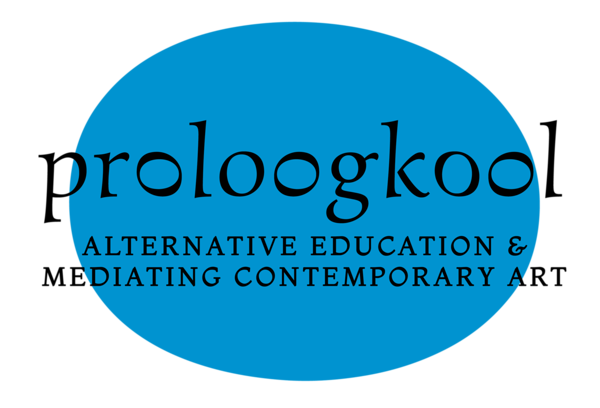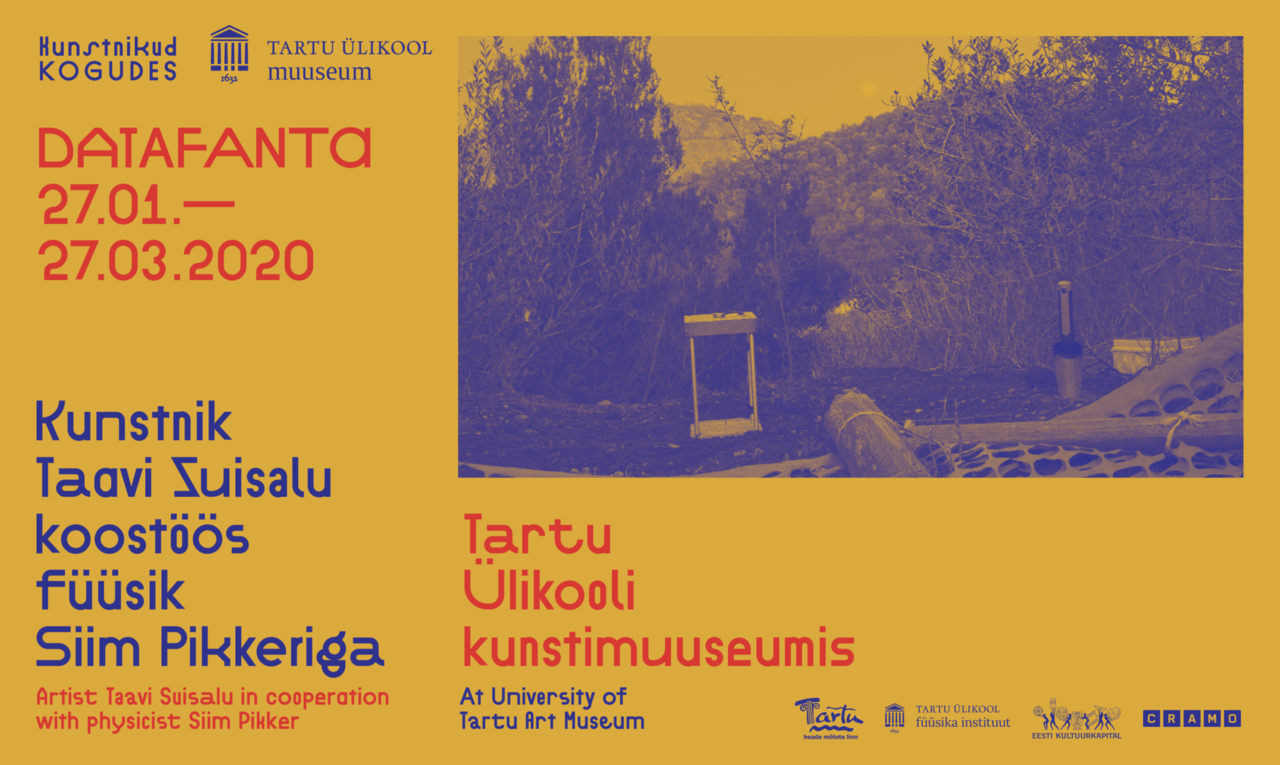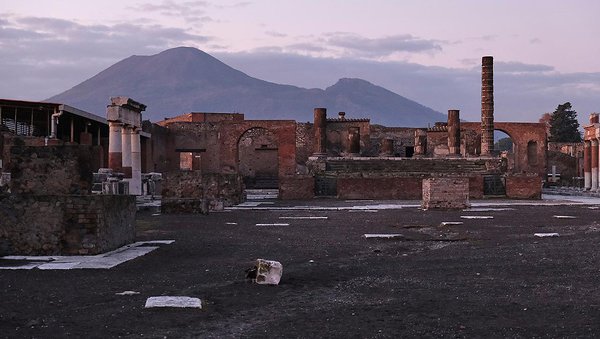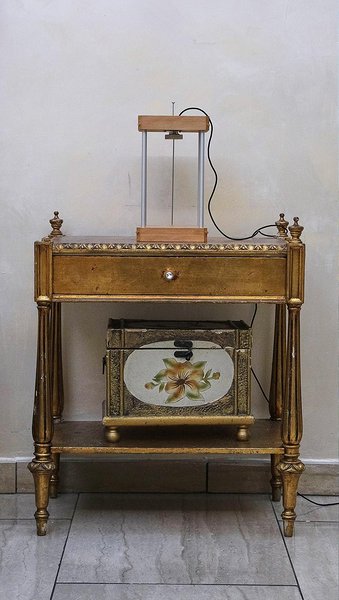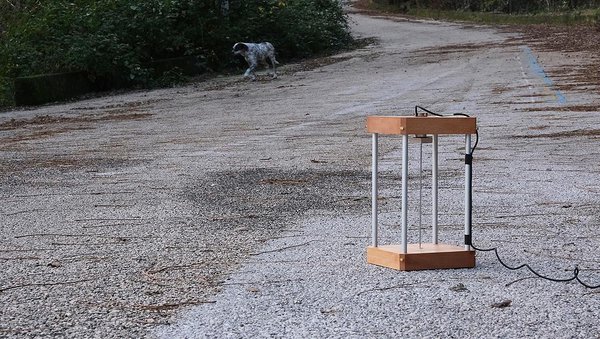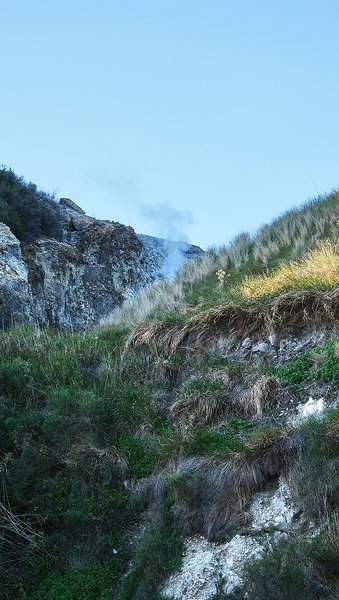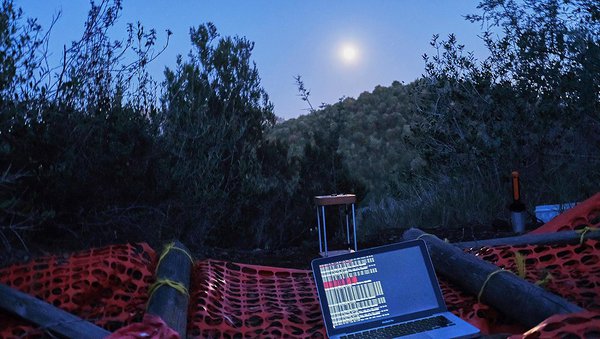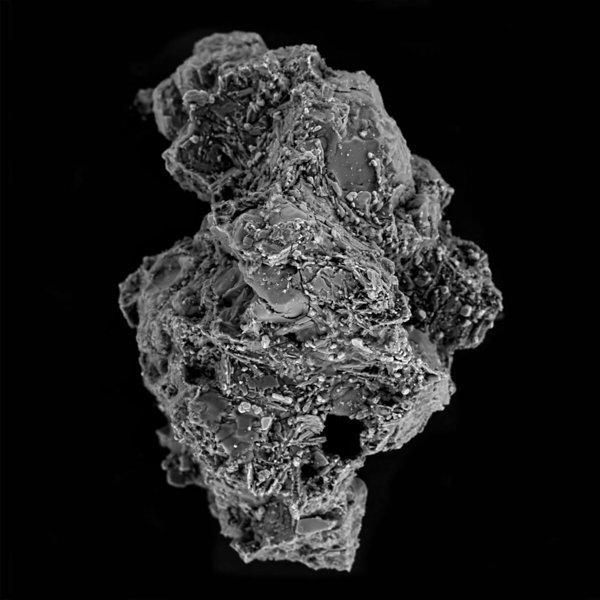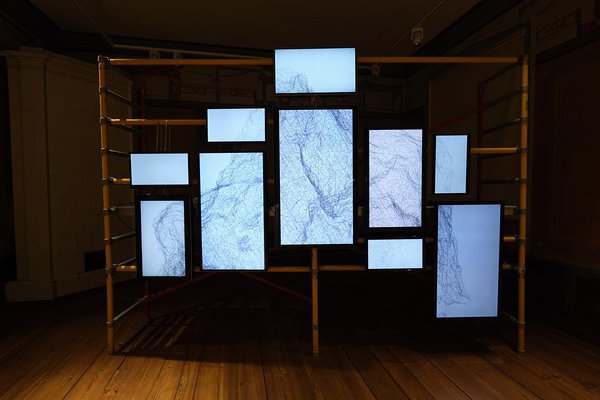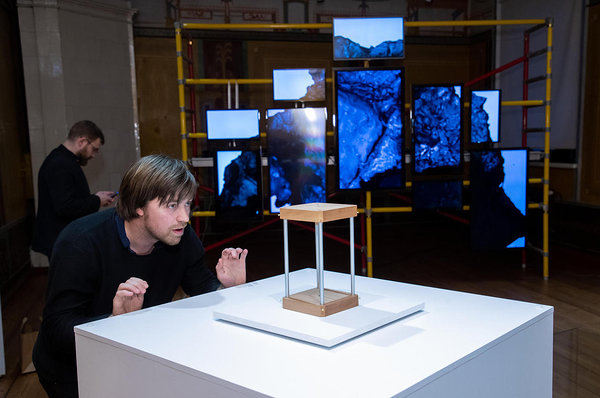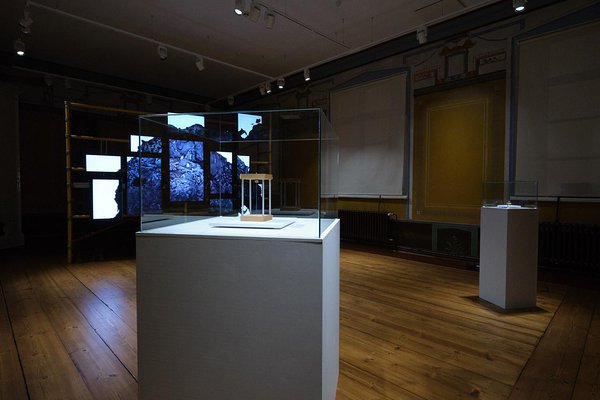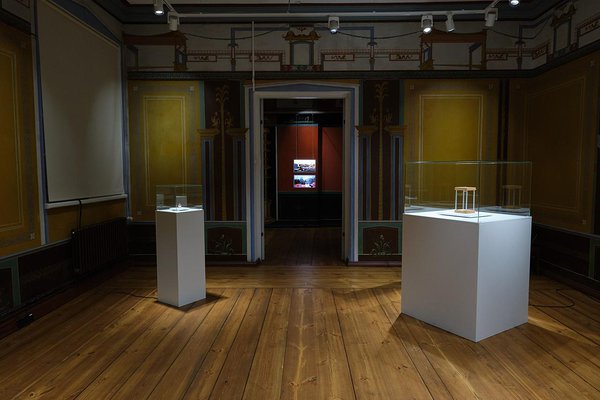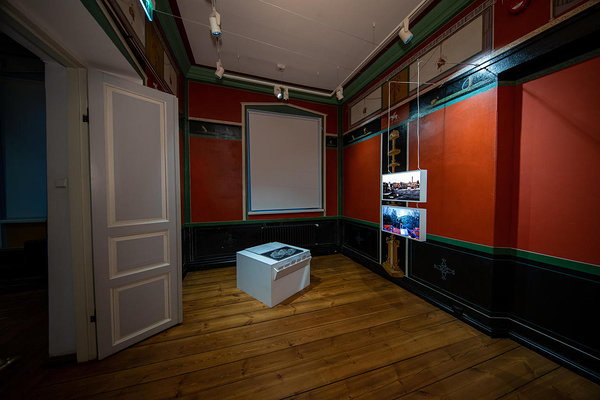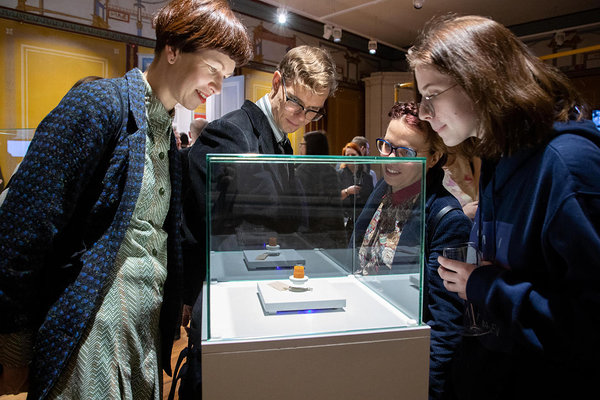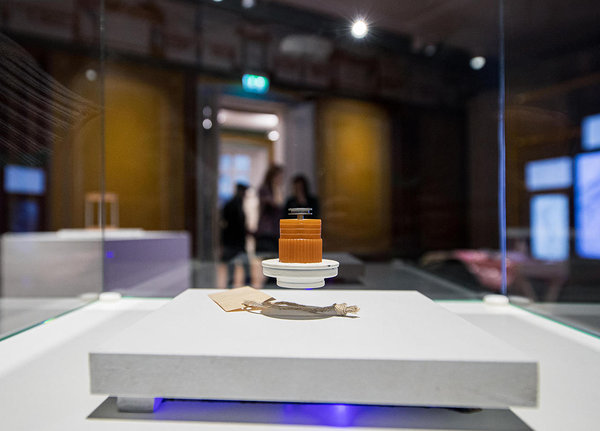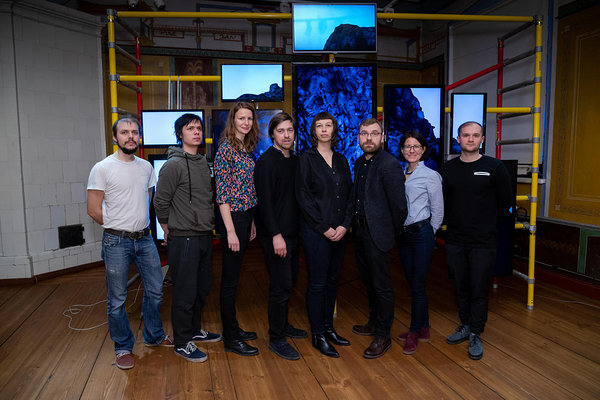Artist + Researher in Collections: Taavi Suisalu & Siim Pikker
The Museum of Tartu University and “Artists in Collections” present:
“Datafanta”
Artist Taavi Suisalu in collaboration with physicist Siim Pikker
at the University of Tartu Art Museum, 27.01–27.03.2020
The project “Artist and Researcher in Collections” is a further development of “Artists in Collections”, an exhibition series that took place in 2018 and was one of the highlights of the 100th anniversary celebrations of the Republic of Estonia. The University of Tartu Museum (UTM) wanted to invite an artist to research its collection with the aim of creating an exhibition in the university’s art museum, but with an important twist of adding to this dialogue also a scientist from the University of Tartu. The project managers of “Artists in Collections”, Maarin Ektermann and Mary-Ann Talvistu, selected the artist Taavi Suisalu who works with technology, sound and performance.
In autumn 2019, Suisalu visited many of the museum’s collections and found the starting point of the exhibition. On the one hand, this was based on the museum’s collection of 19th century measuring instruments, and, on the other hand, by the galleries of the University of Tartu Art Museum (UTAM) where the exhibition was to take place and where the walls are covered by Pompeii-style murals. After preliminary research, Suisalu decided to travel to Italy to collect additional data and material for the exhibition. He constructed a portable seismometer that he could use to listen and register the subterranean vibrations of the Vesuvius volcano.
Instead of the tragic story associated with the town of Pompeii, Suisalu was more interested in the processes that are currently carried out in the ruins using new technologies. In addition to scanning, the town is re-created in both digital and physical form in an attempt to display the former reality. A tiny granule of the soil of Pompeii travelled with Suisalu to the laboratory of the University of Tartu Institute of Physics where the physicist Siim Pikker became involved. Using an electronic microscope, a 3D-model was created of the granule and thus the microscopic particle gained a perceptible volume. This “unusual object that influences reality”, as the artist himself has called it, also makes us ask questions about the ruins of Pompeii: When does the reality become a model? At what point more has been restored than was originally present? How does this affect our experience?
By using his art to analyse the effect that a physical location that has been mediated by contemporary technology has on the sensibilities of people, Suisalu wants to create models or instruments that make the world visible and understandable for us. New technologies create new ways of acquiring data so that we constantly feel that we are getting closer. But to what?
Taavi Suisalu (1982) uses technology, sound and performance to create art that transforms the periphery into uncanny encounters. His oeuvre is based on the relationship that the contemporary society has with technology and the effect that this has on the behaviour, perception and cognition of social beings. In his works, Suisalu brings together cultural phenomena with contemporary cultural practices and traditional mentality. Besides Estonia, Suisalu has exhibited and participated in performances in Germany, England, Iceland, Switzerland, Finland, Russia, Belgium, France, the Netherlands, Poland and the Baltic States. His 2014 MA thesis “Project of Non-existent Villages” received the Young Estonian Artist Prize at the graduate works exhibition of the Estonian Academy of Arts. His work “Distant Self-Portrait” was awarded the 2nd prize at the Riga Photography Biennial. In 2018, he was one of the artists selected to participate in the European Media Art Platform.
Siim Pikker (1984), PhD, is a young physicist
who defended his dissertation in 2014. His main interest is the optics of very
tiny objects and micro and nano structures. Since 2005, he has also been
actively popularising science. In his everyday work, he often employs the
scanning electron microscope (Tescan Vega 2) that was also used to create the
3D-model of the particle for the present exhibition. Pikker was infected with
an interest in photography in primary school and continues to “photograph” scientific
images that he hasn’t thus far exhibited. Collaboration with Taavi Suisalu is
his first public artistic project.
Galerii
Project managers: Maarin
Ektermann, Mary-Ann Talvistu
Graphic designer: Viktor Gurov
Technical editor (Estonian text):
Anti Saar
Translator: Peeter Talvistu
Exhibition team:
Jaanika Anderson, Karoliina Kalda, Siim Pikker, Piret Tamm, Maris Tuuling,
Tiina Vint
Thank you: Stefano Carlino and Anna Tramelli from the Vesuvius Observatory, Heidi Soosalu, Mihkel Säre, Villem Säre, Mirko Pavleski, Priit Pajusalu, Marko Nõmmik, Tanel Nõmmik, Agu Vilu, University of Tartu Institute of Physics
